Wildflower Identification 101: How to Get Started
Updated: Aug. 23, 2023
Wildflower identification can sound intimidating to a beginner—so many flowers, so many names. This Birds & Blooms reader found a way to make it fun!
Getting Started With Wildflower Identification
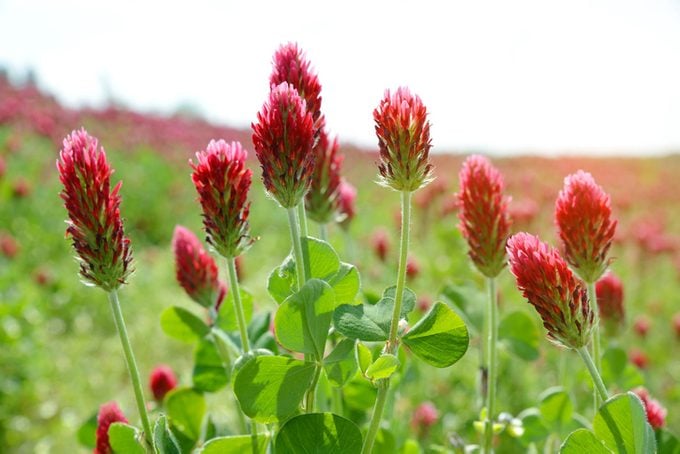
I knew I had it bad for wildflower identification when I was in the Dairy Queen drive-thru. As I looked out the window, a bright red hue in a nearby empty lot caught my eye. I rolled down the glass for a better view. Red clovers! For two weeks I had been spotting these red flowers, but always in dangerous road medians, so I still had not identified this particular species of clover, and it had begun to drive me bonkers.
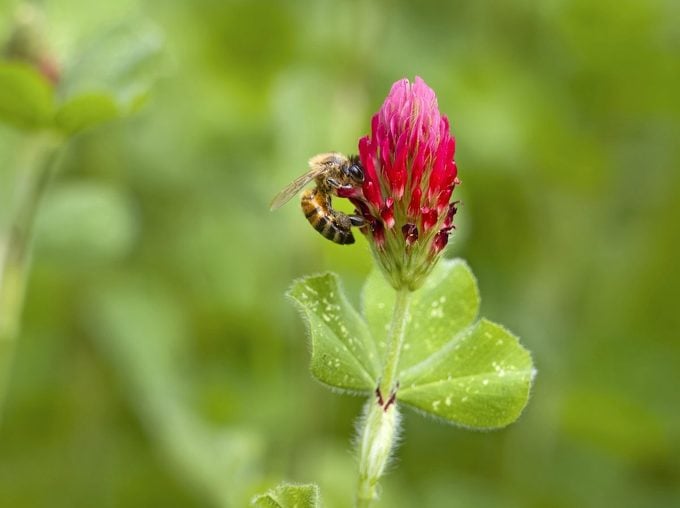
I darted out of the car from my passenger seat, across the parking lot and into the acre-sized field. The line of cars continued moving toward the order window as I snapped a poor-quality but semi-clear photo of the clovers, then dashed back to the car. “Victory!” I cried, immediately uploading the photo into my identification app, PictureThis. In seconds, the correct name rolled onto the screen: crimson clover (Trifolium incarnatum), native to Europe, but now growing across America. Cha-ching, another wildflower added to my growing list.
Grow your own meadow with wildflowers for butterflies.
From Birds to Flowers
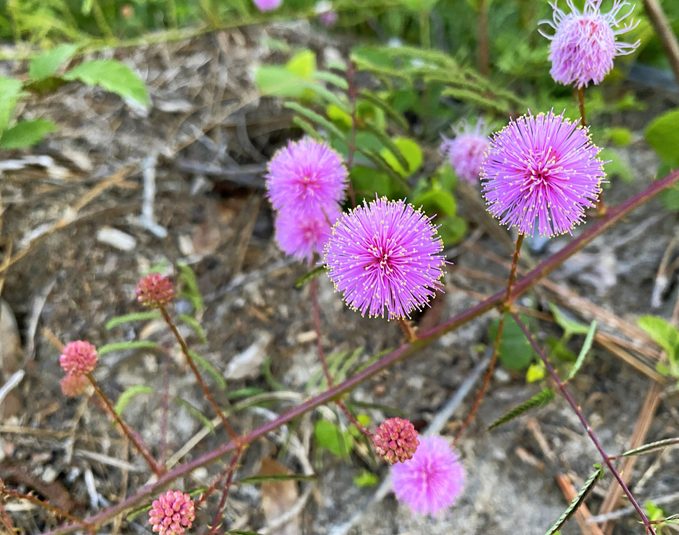
More than a year into the pandemic, I had transformed into a flower person. The evolution, at least for me, wasn’t entirely without precedent. I fell in love with birding after graduating from college more than 10 years ago, and already took note of the avian species I spotted around my yard, my state and the country.
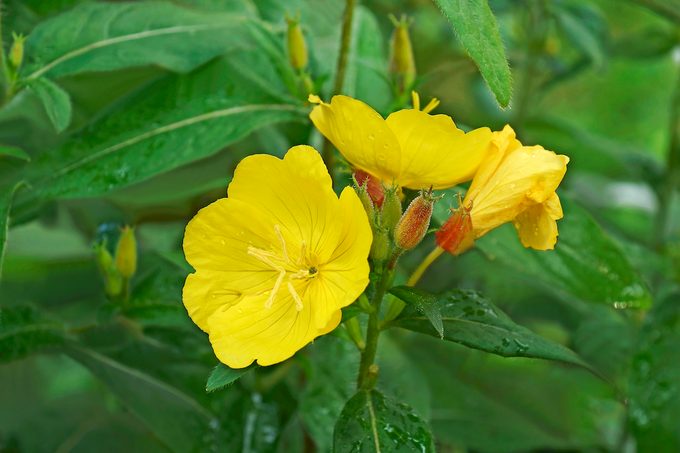
A one-two punch fueled my ascent into wildflower obsession. I started reading Rural Hours by Susan Fenimore Cooper. I read short sections at a time, but immediately her love of flowers and meticulous knowledge of their growing conditions and habitat made an impression on me. She sighs disappointedly when she describes the local people who can barely name common wildflower species.
Discover the best national parks to visit for spring wildflowers.
Using Technology to Identify Wildflowers
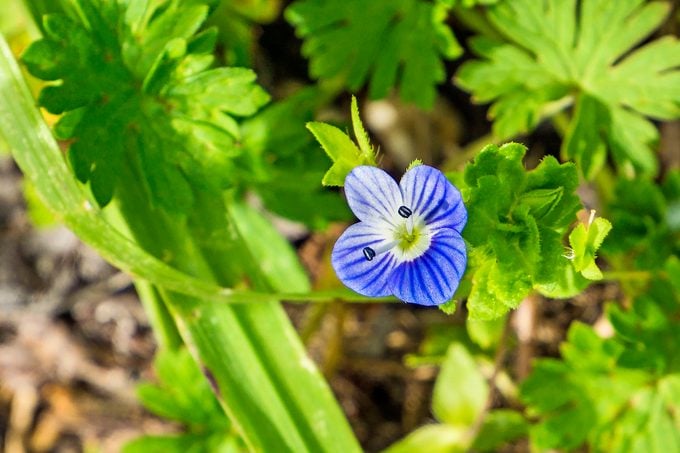
With a blush, I realized she was describing me. And then, because of the pandemic, I worked at home full time with a toddler. To take conference calls and break up our day, I walked similar routes around my neighborhood, pushing a stroller and listening on a headset. After a while, the pond and lake we circled lost their sparkle. Even the birds began to blur together. I needed a new frame to view the world.
The PictureThis app let me skip the field guide, which I was less likely to use with a toddler. All I had to do was snap a quick photo, upload it and—bam, the app had an identification for me. It felt like magic, and I decided to learn one flower every day.
First up: native hawksbeard. It thrives along the roadside, looking to me like tiny dandelions on much taller stems. Next: winter speedwell, small but with petals the same blue as the sky. Originally from Eurasia but clearly well suited to Florida, they grow close to the ground.
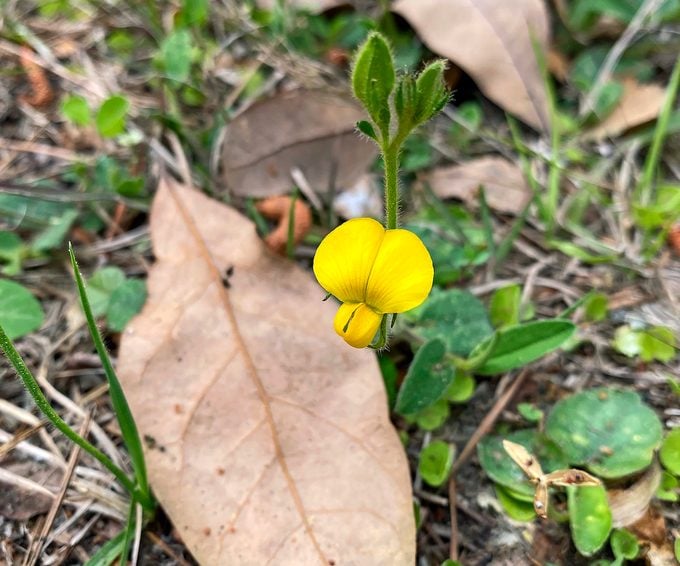
In fact, many of the species I identified were not native to Florida, or even the United States. I knew the Sunshine State is a haven for plant and animal species from abroad—especially those that eventually became invasive—but I didn’t truly appreciate the scale of the change until I began learning my flowers.
I started out with one new species per day, repeating the names as I walked until each became familiar. Birding did not prepare me for the ridiculous names we have bestowed upon our petaled friends. In fact, birders are so meticulous about avian names that enthusiasts don’t need to bother learning scientific names, because the common ones are both accurate and unique. Not so with plants.
Make Wildflower Identification Fun
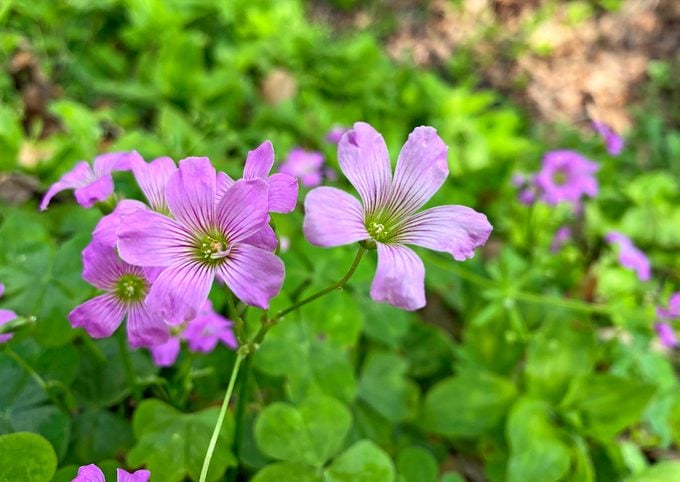
To get a better sense of which flowers were related to which other flowers, I really needed to learn their scientific names. But why would I want to memorize Fumaria officinalis when I could call them drug fumitory? Why point out Nuttallanthus canadensis when instead I can say blue toadflax? This is my game after all, and I want it to be fun.
I do refer to the scientific name when trying to figure out if two similar-looking flowers are related (spoiler alert: They are almost never related), but otherwise I prefer my common names. When else would I get to say Carolina ponyfoot, sundrops, sensitive plant or goosegrass?
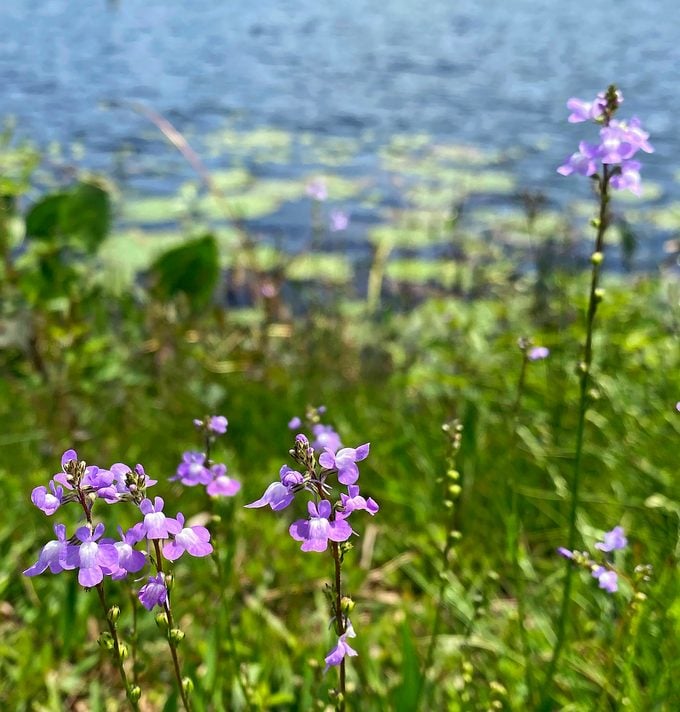
Soon enough my walks to familiar places suddenly took on the feeling of tiny expeditions. Looking for flowers made me more observant, and I found the joy of discovery in the smallest plant patches. Like lifting a veil, I see so much more, just by committing the names of the flowers to memory.
How sad then, that I spent so many hours merely walking when I could have been enjoying the colors of nature. Now, what else am I missing if I don’t know all of my trees or insects?
If you’re ready to get started with wildflower identification, check out the top 10 hummingbird wildflowers to grow.



















